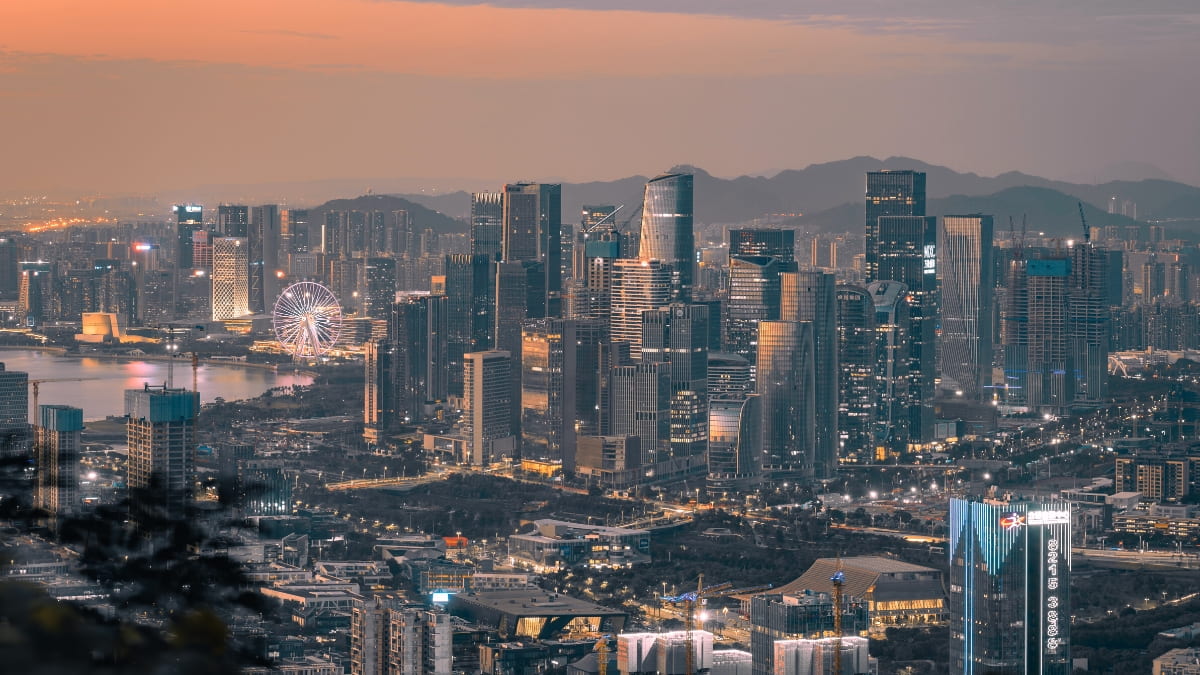Guest blog by Gordana Kierans, LEG’23
Due to my four years at the Shenzhen Technology University in China, where I taught, among other subjects, the circular economy and systems thinking, I decided to focus my project within this programme on implementing the circular/regenerative entrepreneurship. Shenzhen is a megacity with over 17 million inhabitants, 99% of which come from other parts of the country, as Shenzhen was a small fishing village before being declared a Special Economic Zone (SEZ) forty years ago. Since then, the city has experienced an unprecedented growth and an innovation drive. Today, the city is home to over 4 million enterprises, of which some are global players; in electronics names like Huawei, Xiaomi, Oppo, Foxconn (Apple) and BYD among electric car producers. Hence, I didn’t select Shenzhen because of its lack of growth. I selected the city because of lack of circularity/circular growth.
As the factory of the world, China is the major polluter. For the same reason, it demands lots of critical resources, of which it has in own reserves and the others it imports. The city of Shenzhen is committed to supporting China’s commitment to carbon neutrality by 2060 and it plans to close the loop in the next few years. However, there is no awareness of its impact on other parts of the world due to its production of electronics. This is the focus of my project.
During the course, I was able to structure my thoughts about the circularity in Shenzhen and reflect on the big picture. The fishbone diagram helped me identify some major entry points that I will follow up with. In the next few weeks, I will submit a project proposal to the city of Shenzhen based on reflections from the last 10 weeks. (I met the mayor during my time in Shenzhen.)
The course was very helpful in structuring my thoughts and I learned a lot. However, I do believe that the circular economy was missing. The last session on Green Growth was informative and covered some of the challenges but not enough circularity. I agree with Professor Hausmann that poorer countries cannot enjoy the luxury of the degrowth discussion. Too many people are waiting for their turn to join the middle class. And a strong middle class is the best thing that can happen to an economy. For the circular economy to succeed, we need to understand our impact on the world around us and turn that impact into growth (decarbonization, better resource utilization etc.) Plus, we need to understand all the chances that are opening up in this transition. A simple example: in China, farmers are selling straw, which can be turned into paper. Normally, it is something that causes lots of emissions as farmers very often burn it. In New Delhi, the straw burning is one of the major causes of air pollution after the harvesting season. As we discovered in the Scrabble Economic Growth Theory, we need a proper utilization of the public funds to spur growth. Supporting the infrastructure for the circular economy is potentially one way of using taxpayers’ money.
I enjoyed a lot the peer sessions with Sarah, Urkhan and Jose, as they are very experienced, professional and committed. Overall, the ten weeks were very productive and gave me valuable tools that I can use in my work in the future. I feel like I grew in the past ten weeks too.
This is a blog series written by the alumni of the Leading Economic Growth Executive Education Program at the Harvard Kennedy School. 72 Participants successfully completed this 10-week online course in May 2023. These are their learning journey stories.
